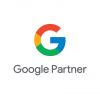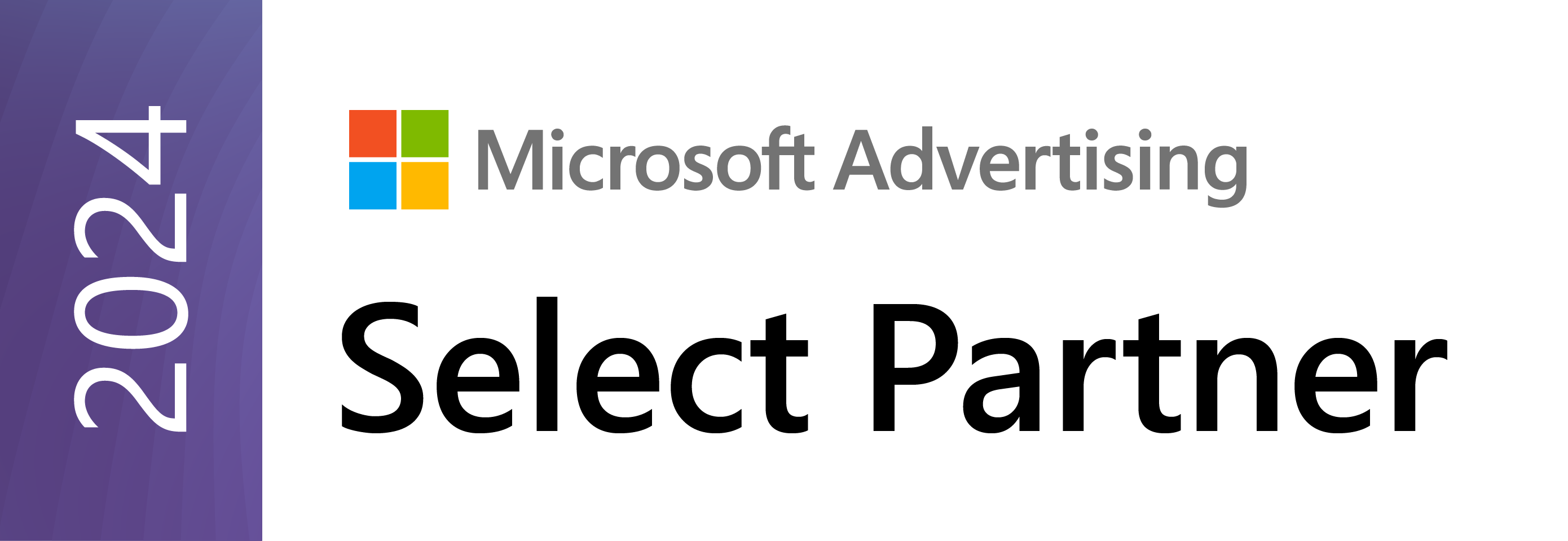
Mastering the Potential of PPC Advertising Services
Navigating the world of PPC advertising services opens a plethora of opportunities for businesses looking to boost online visibility and drive targeted traffic. These services allow you to create tailored ad strategies that reach your ideal audience effectively. Understanding the nuances of pay per click advertising is fundamental to maximizing your return on investment. By utilizing PPC management expertise, you can optimize campaigns, ensuring your ads are displayed strategically across digital platforms. This mastery not only enhances engagement but also tracks and analyzes consumer behavior, giving you insightful data to refine and expand your advertising approach. Embracing this potential paves the way for significant business growth.
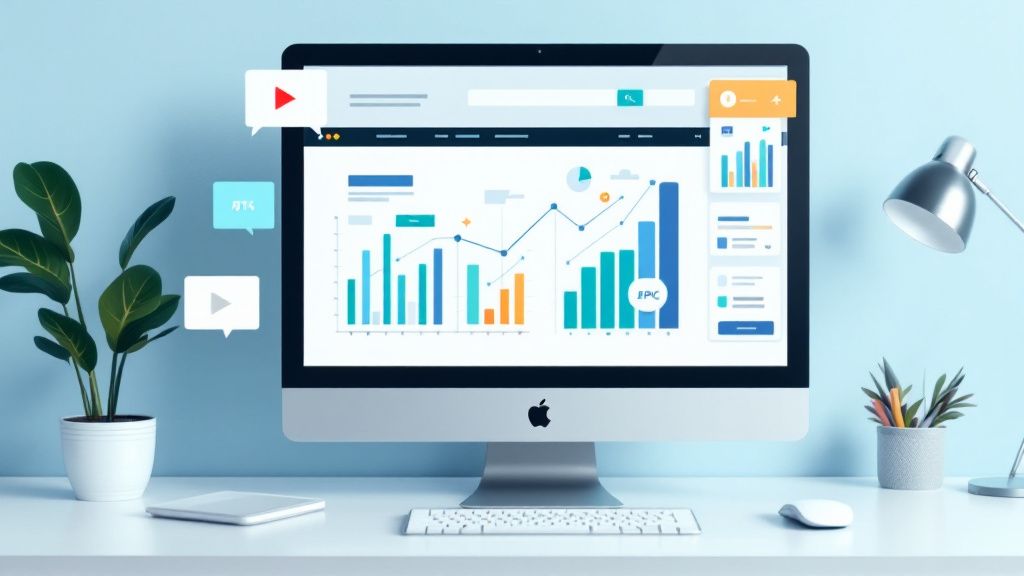
Understanding PPC Advertising Basics
Understanding the essentials of PPC advertising is crucial for leveraging its full potential in your marketing efforts. At its core, PPC, or pay per click advertising, involves bidding on keywords relevant to your business. This ensures your ads appear when potential customers search for products or services similar to yours, effectively driving quality traffic to your website.
PPC services often include platforms like Google Ads and Bing Ads, each providing various tools to help you design and manage ads. By employing effective PPC management, you can track the performance of your campaigns, which aids in continually fine-tuning your ads for improved results. This ongoing optimization is essential for staying competitive in the market.
A practical tip for enhancing your PPC campaigns is to regularly conduct keyword research. This enables you to discover new opportunities and refine your target list to ensure your ads reach the ideal audience. By aligning your keyword strategy with customer search intent, you enhance the relevance and impact of your advertising efforts.
Moreover, setting a reasonable budget and bidding strategy is vital. This ensures you don’t overspend while still achieving meaningful results. Balancing cost with strategic targeting, you can make PPC a highly effective tool in your digital marketing arsenal.

The Benefits of Using PPC Advertising
Harnessing the power of PPC advertising can transform your marketing strategy by delivering immediate and measurable results. One key benefit is the ability to target specific audience segments with precision. This aspect of PPC services ensures your ads reach the right people at the right time, increasing the likelihood of conversion. With pay per click advertising, you also gain the advantage of cost control, as you only pay when users click on your ads, making your budget more manageable and effective.
Tracing its development from its inception in the late 1990s to the robust platforms we use today illustrates the swift innovation and adoption of PPC management technologies. Initially introduced by GoTo.com, now a part of Yahoo!, PPC advertising has evolved dramatically, leading to the sophisticated tools offered by Google Ads and Microsoft Advertising. These platforms provide comprehensive analytics and data-driven insights, allowing you to optimize campaigns continuously. By benefiting from these evolutions, you can gain enhanced market visibility and stay ahead of the competition in the digital space.
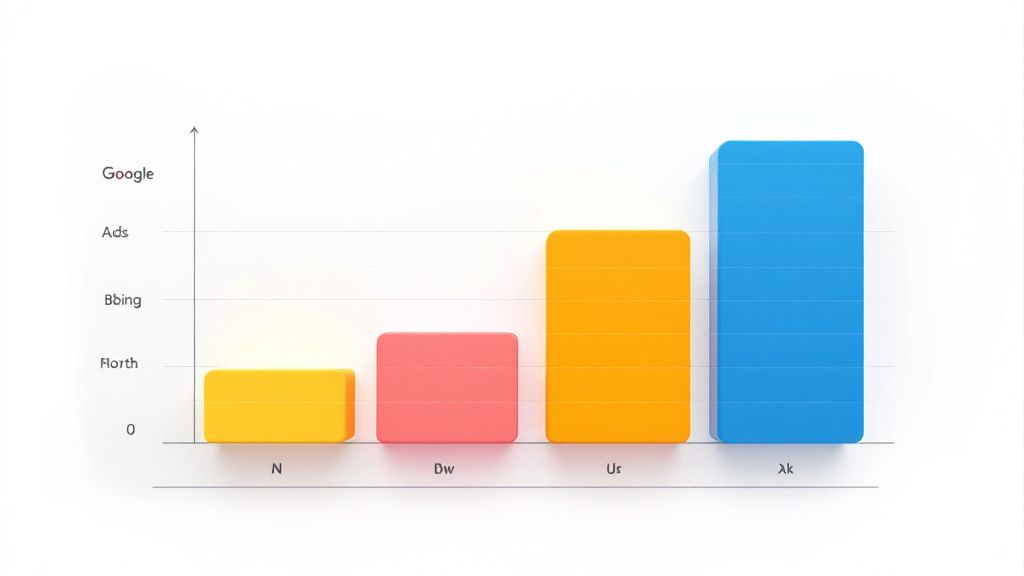
Choosing the Right PPC Platforms
Selecting the appropriate PPC platforms is crucial for the success of your advertising campaigns. Each platform offers unique features that cater to different business needs and target audiences. Google Ads is renowned for its extensive reach and advanced targeting options, making it a top choice for many businesses. Meanwhile, Microsoft Advertising, with its integration into Bing, offers a slightly different audience demographic that might align perfectly with your brand’s goals.
The rise of social media has expanded the PPC landscape beyond traditional search engines. Platforms like Facebook and Instagram provide PPC services with robust audience insights and tailored ad experiences. These social networks excel in visual storytelling, capturing users’ attention more effectively through images and videos. Analyzing these platforms’ PPC management tools can help you leverage their strengths to enhance your brand’s visibility.
The current trends indicate a shift towards more diverse and integrated PPC advertising strategies. Businesses are now combining platforms to create a more comprehensive approach, optimizing reach and engagement across various channels. By understanding these trend patterns and analyzing which platforms align best with your marketing objectives, you can implement a more effective pay per click advertising strategy that leverages the distinct advantages each platform provides.
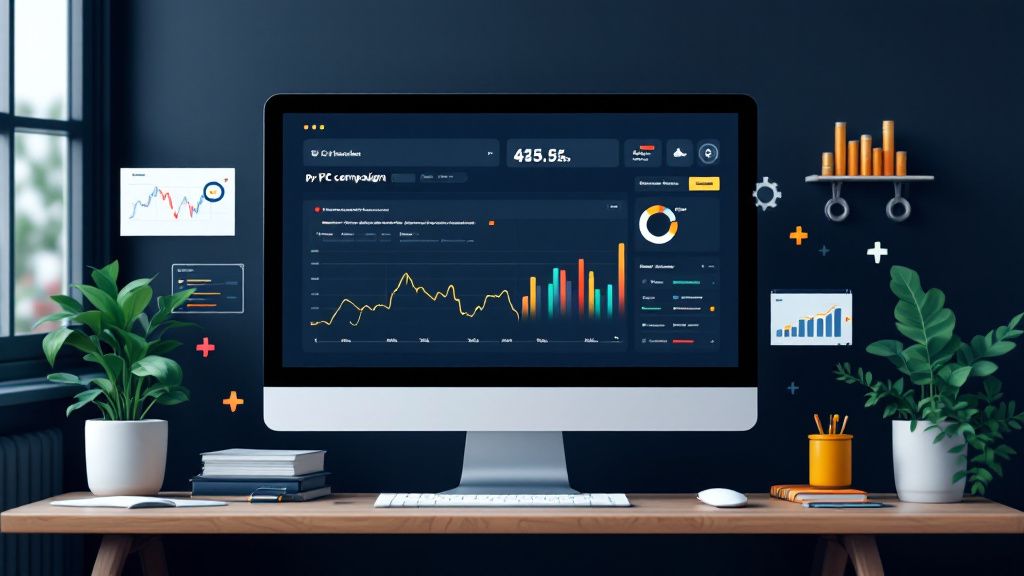
Setting Up Your First PPC Campaign
Beginning your first PPC campaign involves a series of strategic steps designed to maximize your results. Initially, you’ll need to define clear objectives for your campaign, determining the primary goals you aim to achieve. These objectives may include increasing website traffic, boosting sales, or generating leads. Once your goals are set, selecting relevant keywords becomes crucial to ensure your ads reach the right audience searching for similar products or services.
Crafting compelling ad copy is the next critical component of your PPC services strategy. Your advertisements should be engaging and informative, with a clear call to action that encourages users to click. Pay per click advertising thrives on the relevance and quality of your content, contributing to higher click-through rates and better campaign performance. Monitoring your ads is essential for ongoing adjustment and improvement.
In the next few years, setting up PPC campaigns is likely to become more automated and AI-driven, providing deeper insights and predictive outcomes. This evolution will enhance your ability to optimize PPC management efforts, adapting to market changes swiftly. By initiating your campaign with a focus on goals, keywords, and creative content, you lay a strong foundation for success in the evolving landscape of digital advertising.

Cost Management in PPC
Managing costs effectively in PPC campaigns is vital for maintaining a sustainable advertising strategy. Establishing a budget that aligns with your business objectives is the initial step. This budget will guide your allocation of funds to different keywords and ad groups, ensuring you invest in areas that show potential for the highest returns. Tracking expenses and returns will help keep your PPC services on target.
On one hand, some marketers believe that an aggressive spending approach can rapidly increase visibility and market share. They view cost as a necessary investment for quick impact. On the other hand, other experts argue that a conservative, data-driven approach is more sustainable. It emphasizes gradual growth through strategic bidding and cost management to maintain long-term success in pay per click advertising.
Utilizing PPC management tools is beneficial for controlling costs and enhancing efficiency. These tools offer insights into campaign performance, allowing you to adjust bids and budgets in real-time. By continuously analyzing performance metrics, you can minimize wasteful spending and focus on high-performing areas, ensuring your advertising efforts remain both cost-effective and impactful.

Analyzing PPC Campaign Performance
Effectively analyzing PPC campaign performance provides crucial insights into the success and areas for improvement within your marketing efforts. Start by monitoring key metrics such as click-through rate (CTR), conversion rate, and cost per acquisition (CPA). These figures offer a clear picture of how well your pay per click advertising strategy aligns with your business goals and whether adjustments are needed to enhance results.
Comparing manual PPC management vs automated tools highlights different approaches to campaign performance. Manual management relies on human intuition and experience to fine-tune strategies, while automated tools leverage AI to analyze data trends and predict outcomes. Each has its strengths; manual management offers customizability, whereas automation brings efficiency and scalability to your PPC services.
Data visualization can help you interpret these metrics clearly and quickly. Tools like Google Analytics and AdWords dashboards allow you to visualize trends and patterns in your campaign’s performance, facilitating informed decision-making. By closely examining these insights, you can adjust your PPC strategy, optimize ad spend, and ultimately boost your digital marketing effectiveness.

